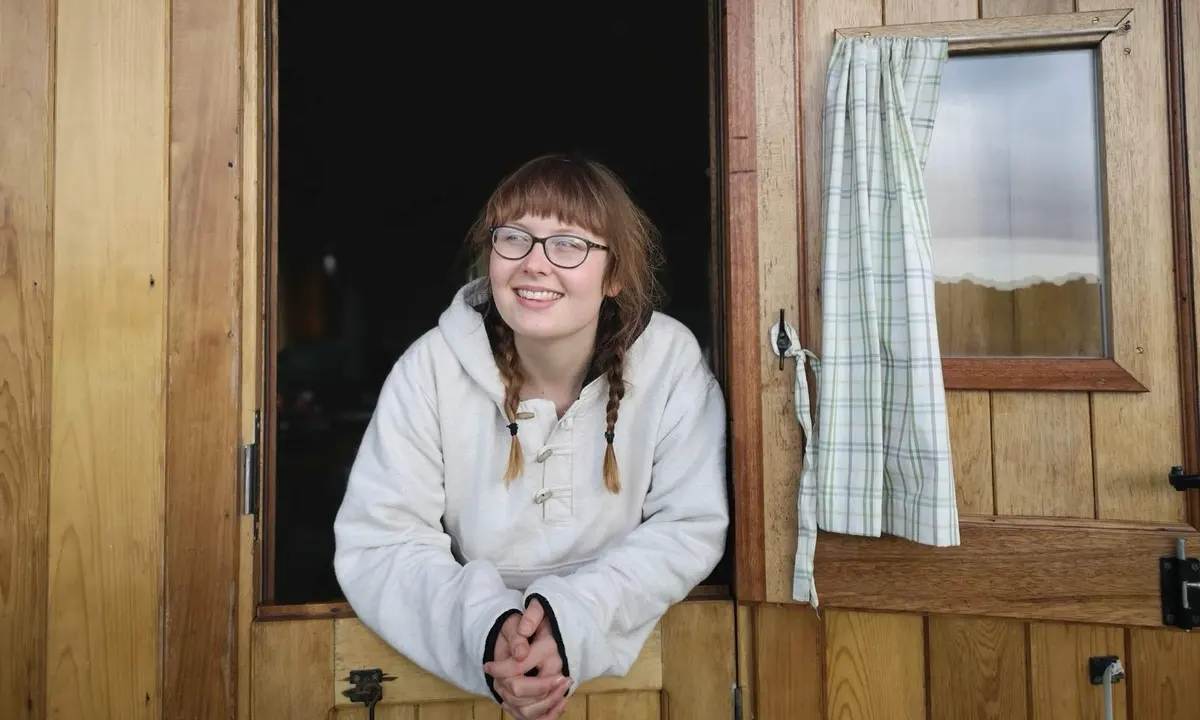Autism makes travel a challenge. Here’s how I learned to cope | Europe holidays | The Guardian
Navigating travel with autism poses its challenges. Here’s my journey of adaptation. Once, the hustle and bustle of unfamiliar places would overwhelm me during vacations. However, with an autism diagnosis, I learned to adjust my approach, rediscovering the delight in exploration.
Allie Mason Mon 22 Apr 2024 02.00 EDT Share Strolling hand in hand through the ancient labyrinth of Bologna’s streets, my partner and I marveled at the grandeur of its porticos and the rich hues of its brickwork. This marked our inaugural journey together. In search of a destination blending our passions for architecture and history, Bologna proved an ideal choice.
We were captivated by the grandeur of the Church of Santa Maria della Vita, its baroque splendor adorned with vibrant frescoes and intricate marble sculptures. Venturing up into the hills aboard a vibrant red and blue express train, we reached the Santuario della Madonna di San Luca. Climbing the bell tower of the Basilica di San Petronio, we beheld panoramic vistas of the city below.
Yet, as the day wore on, fatigue set in, and hunger gnawed at us. My mood shifted. The onset of frustration crept over me as we struggled to settle on a place to dine. In a city known as “La Grassa” (“the fat one”), the plethora of dining options overwhelmed rather than delighted.
Eventually, we settled on pizza. But upon arrival at a quaint, hole-in-the-wall spot with stellar reviews, my reaction was far from enthusiastic. Instead of eagerly indulging in the cheesy goodness before me, tears welled up, and I refused to order. Why? Because they served slices.
In my mind, pizza meant a whole pie, not a mere slice or two. The idea of anything less felt inconceivable, even absurd.
We had to find a traditional bistro offering the ‘right’ kind of pizza. Reflecting on that moment now, I’m embarrassed by my reaction, leaving my partner looking as though he’d just survived the sacking of Rome by Visigoths.
It wasn’t until three years later, following my autism diagnosis in spring 2020, that the pieces of my past struggles began to fall into place.
Living with autism presents daily challenges, many of which remain invisible to others. Autistic individuals grapple with sensory sensitivities, social interactions, and communication barriers unique to each person. Even as a child, I recoiled from the touch of grass on my skin and preferred the solace of a book to the chaos of a campsite playground.
Unpredictability has always been unsettling for me. Whether a sudden change of plans or a deviation from my mental script, unexpected events trigger discomfort.
For those predisposed to sensory overwhelm, bustling environments become daunting. Imagine the weight of the world compressing your chest, suffused with an excess of energy beyond containment. That’s the daily reality for many autistic individuals.
Fortunately, societal understanding of autism’s impact on public spaces has grown, thanks to the candid narratives shared on platforms like TikTok and Instagram. These online communities provided solace and practical strategies upon my diagnosis.
Today, I carry a sensory toolkit wherever I go: sunglasses, earplugs, noise-canceling headphones, and comforting snacks. These items have averted countless meltdowns, becoming indispensable companions in my travels.
My book, “The Autistic Guide to Adventure,” offers insights gleaned from personal experiences. Tailored for younger readers within the autistic community, it navigates outdoor activities through a sensory lens.
Consider kayaking, a quintessential holiday pursuit. Before understanding my autism, I never thought to acclimate myself to a new boat or test equipment beforehand. Yet, these preparatory steps can significantly enhance comfort and confidence.
Adaptations extend to hiking with walking poles and incorporating inflatables for swimming, aiding balance—a common struggle for autistic individuals.
While there’s no one-size-fits-all travel solution for autism, meticulous planning based on sensory sensitivities and communication preferences can transform any trip into a tailored adventure.
Recently, my partner and I embarked on a journey to Tromsø in the Arctic Circle—a stark contrast to our Bologna escapade. The frigid temperatures of Tromsø in December suited my sensory needs perfectly, offering a tranquil respite.
Our itinerary included carefully chosen dining spots and immersive experiences with animals, tapping into my affinity for non-human companionship.
As I recall the lavender hues illuminating Tromsø’s snow-capped peaks, I’m reminded that autism enriches rather than limits my travel experiences. With each journey, I find solace, transcending physical boundaries without taking a single step.
#AutismAwareness #TravelWithAutism #NeurodiversityJourney #AdaptiveTravel #SensoryInclusion
